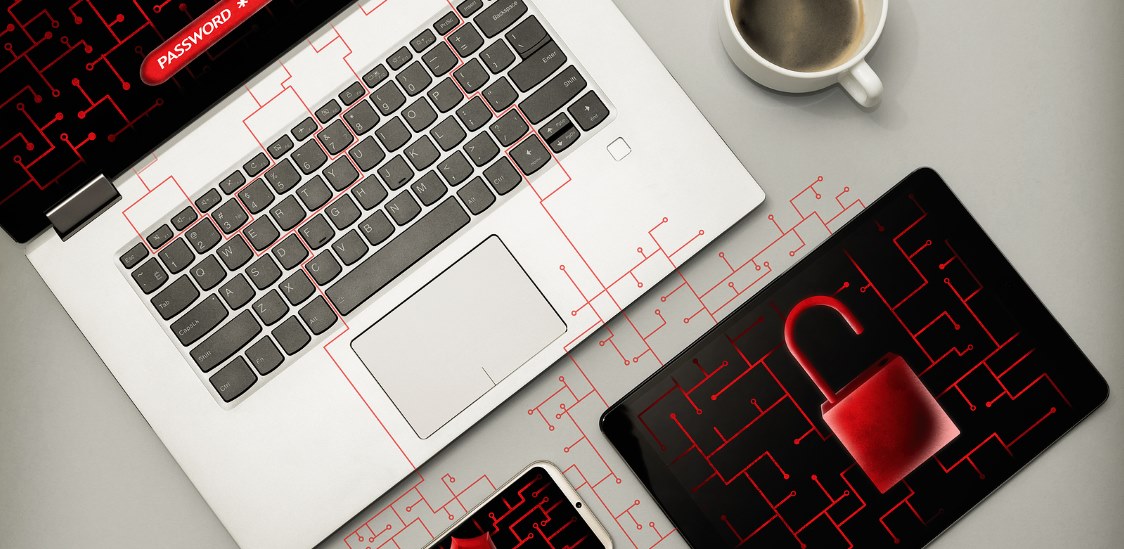The threat of ransomware looms large over organizations, regardless of their size or industry. These malicious attacks wreak havoc on businesses, causing significant financial losses, reputation damage, corrupted or lost data and operational disruptions.
The telecom sector has been hit particularly hard by ransomware in recent years, with 38 major ransomware attacks reported in 2022 alone.
This has put an extreme focus on the adoption of cybersecurity processes, but as cyber criminals continue to infiltrate telecom companies, thought needs to focus not only on prevention, but having a plan for when attacks are successful to manage cyber liability, data loss and downtime.
There are the four essential steps organizations should undertake and be prepared to execute to recover effectively from a ransomware attack:
Detection: leveraging AI-powered tools for early warning
Ransomware involves the theft of sensitive data before encrypting it. In the telecom industry, this can include customer information, billing details, and network configurations. Data breaches not only compromise customer privacy but can also result in regulatory fines and reputation damage. Detection is the first line of defense against ransomware attacks.
It sounds simple enough, but ransomware is getting smarter every day and has now learned how to evade several types of detection solutions. AI-powered tools are absolutely essential for continuously monitoring systems and data for any unusual activity or changes. These tools can analyze patterns and behaviors to identify potential threats, helping organizations detect ransomware attacks at an early stage. By leveraging AI, organizations can stay one step ahead of cybercriminals and mitigate the impact of attacks before they escalate.
Investigation: uncovering the who, what, where and when
Once a ransomware attack is detected, it is essential to launch a thorough investigation to understand the scope and impact of the breach. This involves identifying the source of the attack, the methods used by the attackers, the affected systems or networks, and the timeline of events. By uncovering these details, organizations can get infected systems offline, and gain valuable insights into the attacker’s tactics and motives, which can inform their response strategy and help prevent future attacks.
And for telecom companies, it is especially important to determine root cause as a ransomware attack tarnishes the reputation of the provider, eroding trust among customers and business partners. Customers may switch to competitors perceived as more secure, leading to long-term financial repercussion for the provider.
Minimize data loss: swift recovery with reliable backups
In the aftermath of a ransomware attack, minimizing data loss is paramount. This is where having robust backup and recovery mechanisms in place becomes essential. Organizations must ensure they have regularly updated backups of their critical data stored in secure, offline or immutable storage. In the event of an attack, these backups can be used to restore systems and data to their pre-attack state, minimizing data loss and mitigating the impact on operations. It is essential to prioritize the identification and restoration of the last good version to expedite the recovery process and minimize disruption to business operations.
Prevent the next attack: proactive measures for data resilience
While recovering from a ransomware attack is essential, preventing future attacks is equally important. For telecoms, a ransomware attack can result in non-compliance with data protection regulations. Telecom companies may face fines and legal consequences for failing to adequately protect customer data. Telecoms and other organizations should constantly be undertaking proactive measures to strengthen their security posture and resilience against cyber threats.
This includes feeding telemetry data from various sources, such as network traffic, endpoint devices, and application logs, to Security Information and Event Management (SIEM) and Security Orchestration, Automation, and Response (SOAR) systems for deeper analysis. By leveraging these advanced technologies, organizations can gain real-time visibility into their IT environment, detect suspicious activities, and automate response actions to thwart potential attacks before they cause harm.
In addition to these essential steps, organizations should also prioritize ongoing cybersecurity awareness training for employees, regular security assessments and audits, and the implementation of robust security controls and best practices, such as multi-factor authentication, encryption, and zero trust access policies. By adopting a holistic approach to cybersecurity, organizations can enhance their resilience to ransomware attacks and other cyber threats, safeguarding their data, reputation, and business continuity.
Recovering from a ransomware attack requires a multifaceted approach that combines detection, investigation, data loss mitigation, and proactive prevention measures. By following these essential steps and leveraging advanced technologies and best practices, telecoms and other organizations can effectively recover from ransomware attacks, minimize the impact on their operations, and strengthen their overall cyber resilience.
In today's increasingly hostile digital landscape, cyber resilience is not just an option but a necessity for organizations to survive and thrive in the face of evolving cyber threats.






















